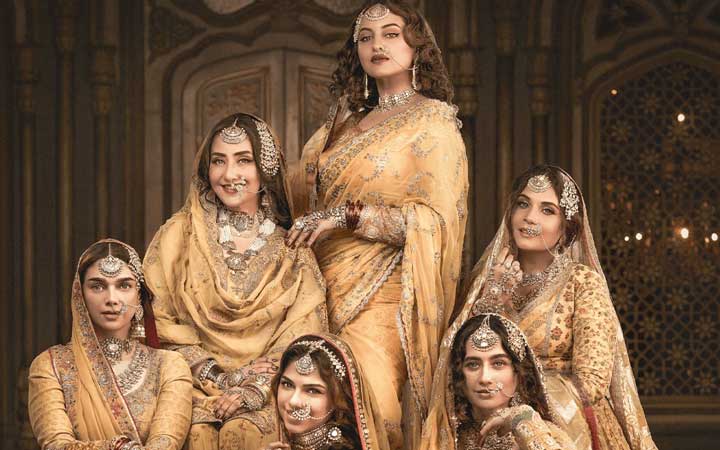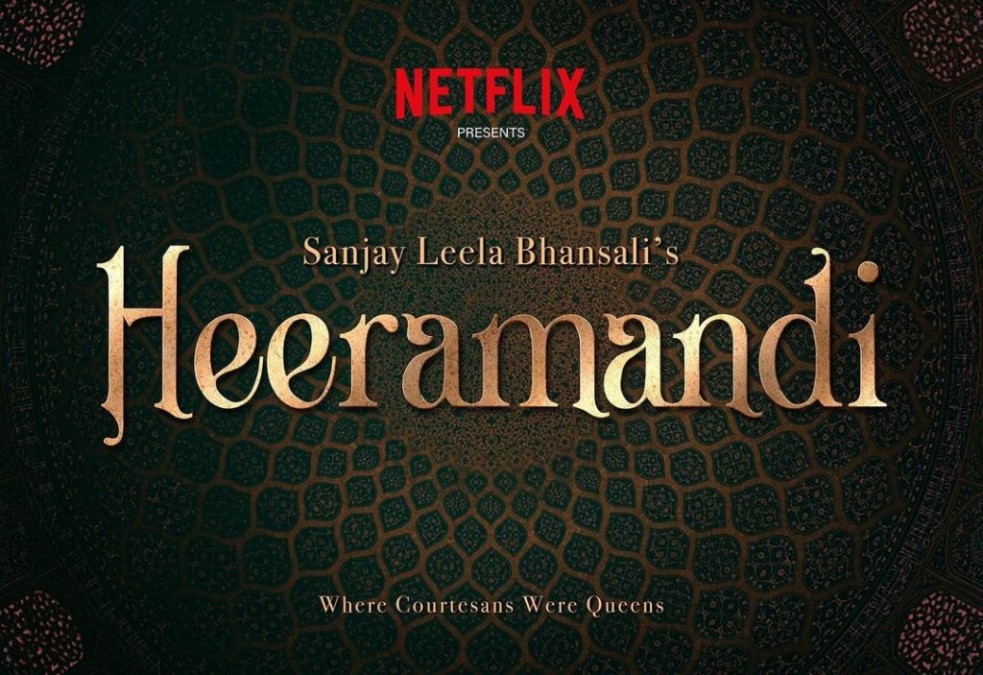
A heartfelt pranam to the countless artisans who breathed life into Heeramandi! From the set designers who meticulously recreated the opulent bygone era, to the jewelers who adorned the courtesans with fire and brilliance, and the costume designers who draped them in silks that whispered of forgotten grandeur – your artistry deserves a standing ovation. A special mention to the maestro himself, Sanjay Leela Bhansali, who transports us back to a time where mujra was not just a performance, but a symphony of emotions.
Heeramandi unfolds amidst the ethereal beauty of a royal kotha, its every corner shimmering with the legacy of bygone splendor. The exquisite jewelry adorning the leading ladies – Manisha Koirala, the ever-enigmatic Mallikajaan, and the radiant Aditi Rao Hydari as the headstrong courtesan, Firdaus – isn’t mere embellishment; it’s a testament to the artistry of the bygone era. Each meticulously crafted piece whispers tales of a time when beauty and power intertwined.
The narrative itself is a captivating dance between dazzling spectacle and poignant introspection. While the initial episodes might leave you yearning for a more brisk pace, the latter half explodes in a crescendo of emotions. Bhansali, the undisputed king of visual storytelling, keeps you glued with his signature grandeur. However, beneath the gilded surface lies a melancholic undercurrent – a subtle homage to the countless tawaifs and khote walis who sacrificed societal acceptance for a life of art and expression.
Heeramandi might not be Bhansali’s magnum opus in terms of narrative complexity, but it is undeniably a visual treat. The brilliance of the performances, particularly by Koirala and Hydari, keeps you invested. In the end, it’s a 4/ 5 – a dazzling spectacle that lingers in your memory long after the credits roll.







